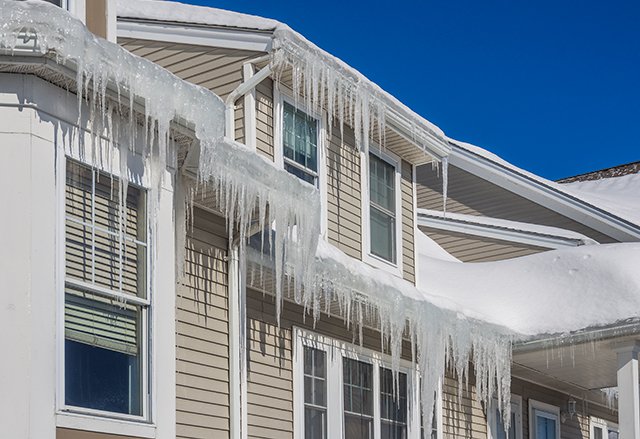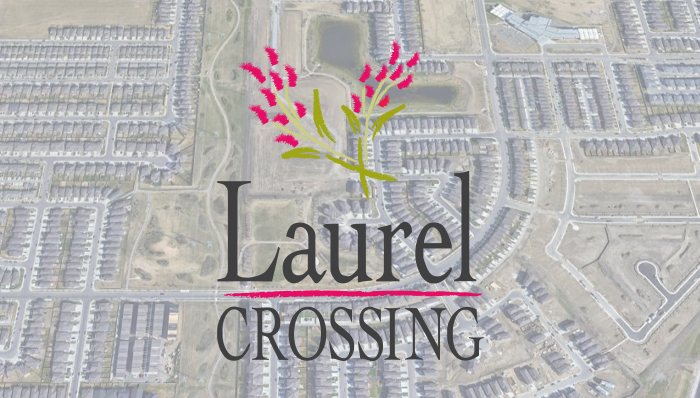As exciting as it can be to see snow banks melt away in the spring, it can be equally nerve racking if your home isn’t well protected. Late season snowfalls can be heavy here in Alberta, and when all that snow and ice finally decides to melt it can create lakes, rivers, and streams across your yard and next to your house.
Without some precautions beforehand, these flood waters can seep into your foundation and cause extra work when you should be out enjoying the warm weather.
The trick is to do a few important tasks before the snow starts melting.
Check the roof
When possible, try and remove excess snow from your roof.
If you live in a two-storey build there’s not much you can do without propping a ladder up against the side of your home and climbing to the top, which we don’t recommend in winter conditions.
Fortunately, here in Alberta we rarely have to worry about an excess build-up of snow (over 2 feet). But, in the rare winters where we do, we’d advise using a snow rake to keep the snow on your roof to a minimum.
Of course, snow isn’t the only thing that can build up on your roof in the winter time. Ice dams can be particularly troublesome, and are usually caused by poor ventilation or insulation in your attic.
When this occurs, you’ll start to see icicles forming from your eaves where the ice dam is growing.
To prevent this from happening you can:
- Regularly check the edges of your roof keeping an eye out for any ice dam formations.
- Have your attic inspected to ensure no warm air is escaping, it stays well ventilated and cool, and the attic floor is well insulated to prevent heat loss from the house.
Put down your downspouts
Many home owners will reposition their downspouts to a vertical position over the winter months, as they’re rarely being used, but you don’t want to get caught in the middle of a spring thaw with your spouts up.
As the snow on your roof starts to melt, make sure your downspouts are properly oriented to ensure the water doesn’t flow down next to your foundation.
You want to make sure all that freshly melted snow can flow away from your home and foundation.
Remove snow from around your foundation
If possible, remove excess snow that may have piled up against your home’s foundation.
Any snowbanks that have formed right next to your home will melt into the ground and create the potential for flooding.
You can also check the surrounding area to see if any obstructions are in place that will prevent melting snow from draining away from you house.
By minimizing the amount of snow built up next to your home while simultaneously ensuring adequate drainage for the snow that does melt, you can avoid flooding.
Break up ice and move it away
While it can be more labour intensive, it’s a lot easier to relocate ice from around your foundation than it is to remove water from any cracks in your foundation.
If there are problem areas of ice, take some time to chip them away and move the chunks away from your house.
Check your sump pump
It’s a good idea to check your sump pump at the end of winter to make sure it’s in good running condition should you need it during the spring thaw.
Just pour a little water into your sump pit and your pump should automatically activate, giving you the peace of mind that it’ll be there should the need arise.
Watch the weather
Information is always your ally.
As spring nears, keep an eye on the forecast so that you can prepare for any exceptionally warm days.
When you see that the temperature is going to climb higher into the positives, make sure you’ve taken the above steps so that you’re prepared for a stress-free transition from winter to spring.



